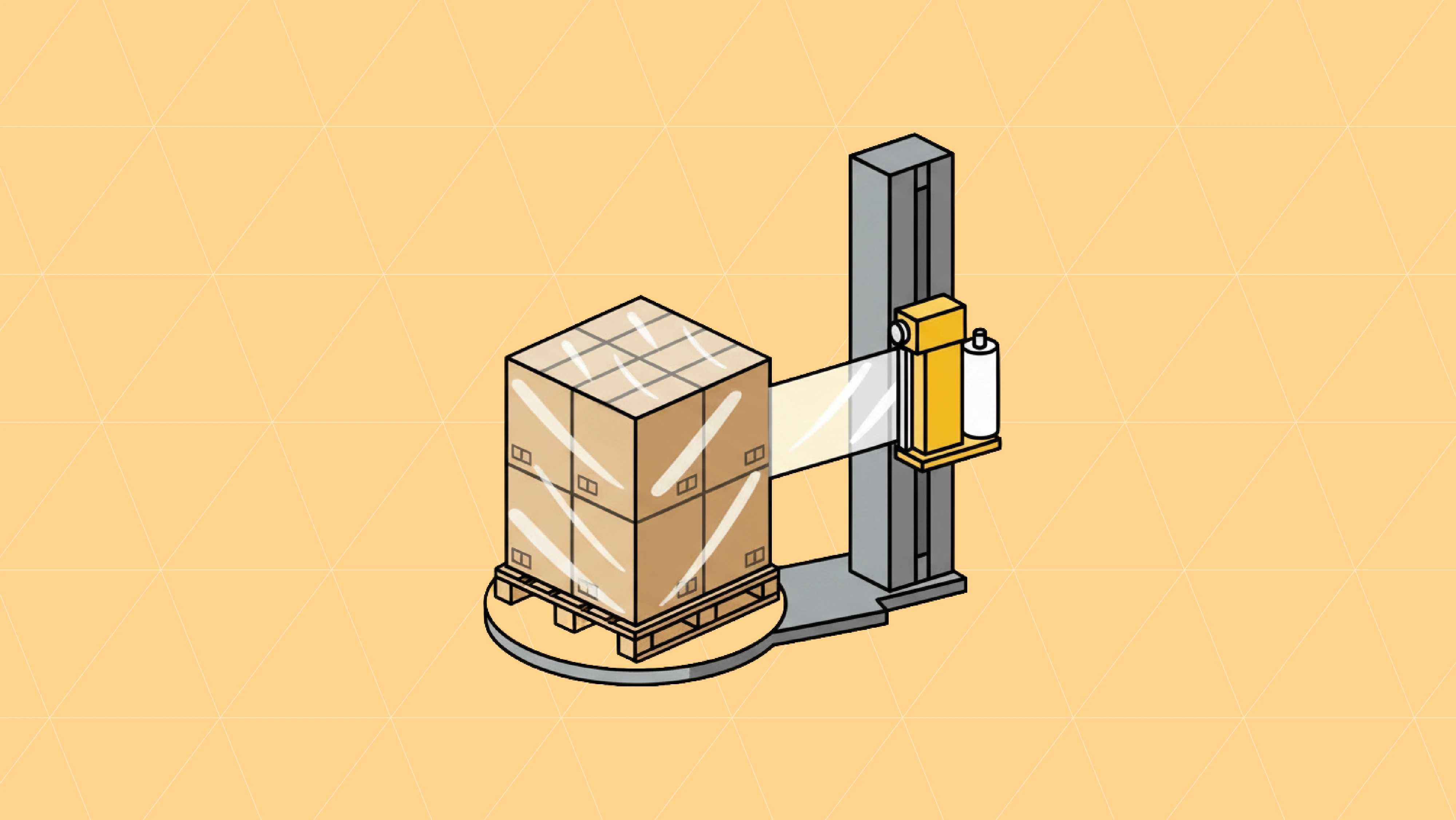In today’s dynamic global trade environment, businesses often need to adapt their EDI (Electronic Data Interchange) systems to accommodate new charges, such as tariffs. This blog post outlines a comprehensive approach to implementing EDI changes for handling tariff upcharges in customer orders, ensuring smooth business operations and customer satisfaction.
Understanding the Challenge
With the introduction of new tariffs, businesses need to modify their EDI invoice processes to accurately reflect these additional charges. This modification requires careful planning, coordination between multiple teams, and precise technical implementation to ensure continued automated processing of invoices. Before deciding to implement these changes, one must weigh the advantages and disadvantages of implementing new pricing vs. an upcharge on an invoice.
Advantages of EDI Invoice (810) based Surcharge
Financial Visibility & Analysis:
Enables precise tracking of tariff impacts on profit margins
Makes it easier to adjust pricing if tariff rates change or get eliminated
Allows for more accurate cost analysis and forecasting
Helps identify which products are most affected by tariffs
Simplifies financial reporting and auditing of tariff-related costs
Customer Relations & Transparency:
Demonstrates transparency about why prices have increased
Shows customers that price increases are due to external factors rather than company decisions
Makes it easier to reduce prices if tariffs are removed or reduced
Helps justify price differences in different markets or regions
Maintains clear communication about cost structures with customers
Business Operations:
Simplifies accounting and tax documentation
Makes it easier to apply tariffs selectively based on product origin or destination
Allows for different handling of tariffs for domestic vs. international sales
Enables more flexible pricing strategies across different markets
Helps with compliance and regulatory reporting requirements
Market Strategy:
Maintains consistent base pricing across markets while accounting for regional tariffs
Preserves historical pricing data without tariff distortions
Makes it easier to compete in markets where competitors may not face the same tariffs
Allows for quick adaptation to trade policy changes
Helps maintain price competitiveness if tariffs are temporary
Advantage of Price Change within the ERP
Operational Simplicity:
Reduces complexity in EDI and billing systems
Eliminates need for special mapping or configuration changes
Simplifies invoicing and accounting processes
Reduces IT implementation costs and maintenance
Avoids potential EDI errors or rejections from special charge handling
(hint: most of these☝️can be mitigated by using an EDI provider like Surpass)
Customer Experience:
Provides cleaner, simpler invoices without extra line items
Reduces customer questions about additional charges
Eliminates need for customer EDI system modifications
Maintains straightforward pricing discussions with customers
Avoids perception of “hidden” or “extra” charges
Market Positioning:
Allows for gradual price adjustments rather than sudden tariff additions
Keeps pricing competitive without drawing attention to cost increases
Gives flexibility to absorb some tariff costs if market demands
Maintains consistent pricing presentation across all customers
Simplifies price negotiations and contracts
The Implementation Process
Phase 1: Initial Planning and System Configuration
The first critical step involves collaboration between the Accounts Receivable (AR) Team and IT ERP Finance Team. These teams must work together to:
Determine the optimal configuration in the ERP
Establish customer-specific charging mechanisms
Design a scalable solution that accommodates varying customer requirements
Read more: “ERP integration considerations”
Phase 2: Customer Impact Assessment
During this phase, the AR Team and Sales department compile a comprehensive list of impacted customers. The EDI Team then cross-references this list against existing EDI invoice customers to identify which customers require EDI map modifications. They’ll need to prioritize implementations based on business impact. Plan resource allocation for the project.
Phase 3: Technical Solution Development
The Supplier’s EDI team or provider takes the lead in developing a mapping proposal that incorporates the tariff charge within the summary SAC segment. This development process includes:
Consulting with EDI department or EDI provider for technical guidance
Determining whether to apply tariff surcharges at the detail level (specific lines) or at the summary level to apply to the whole invoice.
Designing a flexible mapping solution that can accommodate various customer requirements
Documenting technical specifications for implementation
Phase 4: Customer Alignment and Communication
This crucial phase involves coordination between the Supplier’s EDI team and their customers’ EDI teams. Key considerations include:
Understanding that each customer may have unique requirements for receiving tariff charges
Ensuring proper alignment to prevent invoice rejections and acceptance criteria
Establishing clear communication channels for testing and validation
Phase 5: Implementation and Testing
The final phase involves an EDI team, or EDI provider like Surpass, making necessary mapping updates for each trading partner. This phase includes:
Evaluating existing mapping profiles to determine required changes
Assessing potential costs per map/customer for necessary modifications
Conducting thorough testing with each customer
Implementing approved changes in a controlled manner
Conclusion
Successful implementation of EDI changes for tariff charges requires careful planning, strong team coordination, and attention to technical detail. By following this structured approach, organizations can minimize disruption to their invoice processing while ensuring accurate charge application and maintaining customer satisfaction.
Next Steps:
For organizations embarking on similar EDI modification projects, we recommend:
Conducting a thorough impact analysis
Establishing a clear project timeline
Allocating sufficient resources for testing
Developing a comprehensive communication plan
Creating detailed documentation for future reference
Remember that successful EDI modifications require patience, attention to detail, and strong collaboration between all involved parties. The investment in proper planning and implementation will pay dividends in maintaining business relationships and efficient operations. Accounts receivable, sales, ERP and EDI teams and service providers all need to work together for supply chain success.
More articles
Our platform is designed to empower businesses of all sizes to work smarter and achieve their goals with confidence.




